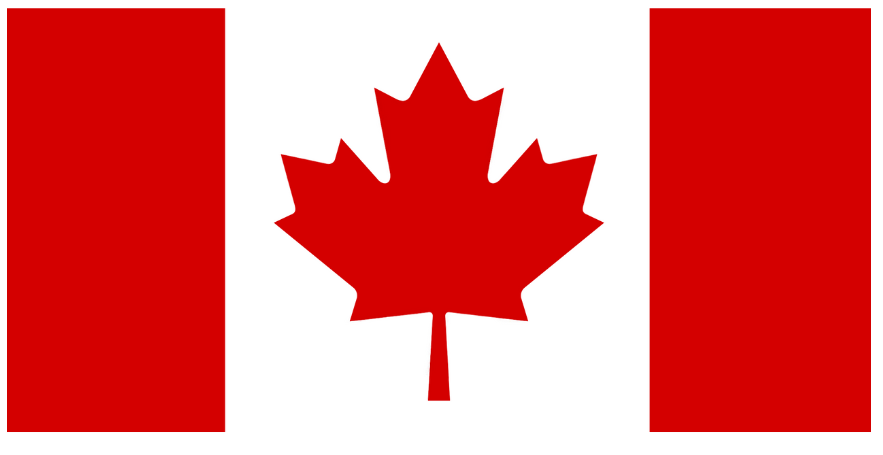The Fatal Flaw in Your Marketing Strategy
Call Reluctance

In today’s fast-paced business world, having a robust marketing strategy is essential. From social media campaigns and SEO efforts to AI tools, television, and radio ads, companies are investing heavily to capture the attention of potential customers. The primary goal of all these efforts? To collect valuable contact information and generate leads.
But here's a critical question:
If you're not answering your phone, how likely are you to pick up the phone to call a potential lead?
The Silent Business Killer: Missed Calls & Lack of Follow-Ups
So many businesses are unknowingly sabotaging their own success by not answering their phones or, worse, failing to follow-up on inbound leads or not even listing their phone numbers at all. This applies not just to direct calls but also to potential customers who reach out via contact forms. If you hesitate to return those calls, you're leaving money on the table.
Let’s break down why this is such a costly mistake:
- Missed Opportunities: Every missed call or delayed follow-up is potentially a lost sale. Customers expect immediate responses, and if they can't reach you, they'll move on to a competitor who is more accessible.
- Customer Trust: A business that is easy to contact builds credibility. A prompt response to a contact form inquiry or phone call reassures potential clients that you are professional and reliable.
- Lead Engagement: You've invested time and money into generating leads. Not answering your phone or hesitating to call back means you’re wasting those efforts and resources. Engaging with leads promptly increases the chances of conversion.
- Brand Reputation: If customers can’t get in touch with you, frustration builds. Word-of-mouth spreads quickly, and negative experiences can damage your reputation.
The Financial Impact of Call Reluctance
A survey conducted by NewVoiceMedia revealed that an estimated $75 billion is lost annually by businesses in the U.S. due to poor customer service, with a significant portion of this being attributed to unanswered calls.
Consider these alarming statistics:
- 80% of people who reach voicemail won’t leave a message.
- 85% of missed calls will not call back.
- 44% of salespeople give up after just one follow-up call, yet 80% of sales require at least five follow-ups.
This means that a substantial number of potential leads generated through marketing campaigns are being lost simply because no one is picking up the phone or following up diligently.
Examples:
- A construction company in Alberta invests heavily in social media advertising, SEO, and local television ads. The campaigns generate numerous leads, but due to a lack of a dedicated person to answer the phones and return contact form inquiries, many leads go unanswered, resulting in a significant loss of potential business.
- A medi-spa with a strong digital presence spends resources on AI-driven marketing and SEM advertising. However, despite the influx of inquiries, calls frequently go to voicemail, and contact form submissions take days to receive a response. Frustrated potential clients move on to competitors who respond faster.
Stop Losing Leads!
Take control of your follow-ups with Vitalix CRM.
Capture, track, and convert more leads with ease.
Addressing Call Reluctance
Call reluctance is real. It’s the fear, hesitation, or avoidance of making and returning phone calls, especially in sales. The reasons vary—fear of rejection, lack of confidence, bad past experiences, or simply feeling judged. But here’s the truth: sales success still comes from human conversations. No amount of Instagram posts will replace direct client interaction.
Breaking the Barrier: Reframing the Call
- Emphasize Learning: Every call is an opportunity to improve. Each conversation refines your pitch and helps you understand your clients better.
- Focus on Benefits: Instead of fearing rejection, think about the positive impact you’re making by helping customers solve their problems.
- Set Small Goals: Five calls a day may not sound like much, but that’s over 1,000 calls a year—plenty of opportunities to close deals.
- Practice and Prepare: Confidence comes from preparation. Write a script, practice with a colleague, and be ready for common objections.
The Problem with Outgoing Calls:
Why Businesses Fail to Follow Up
While incoming calls are often neglected, the issue extends to outbound calls as well. Many businesses generate leads through website forms, social media ads, and other digital campaigns, but then fail to follow up properly. Why?
- Poor Funnel Design: Some businesses expect leads to convert solely through automated emails, neglecting the power of a follow-up call.
- Overreliance on Automation: While automated emails and SMS can be helpful, they should complement—not replace—personal outreach.
- Fear of Calling Back: Many sales reps hesitate to follow up because they assume the lead isn't interested, when in reality, the lead is just waiting for more information.
How to Fix It:
- Create a Strong Lead Funnel: Ensure that every lead captured through a form is immediately entered into a system that tracks follow-ups.
- Prioritize Speed: The faster you call back a lead, the better your chances of closing the deal. Aim to respond within 5-10 minutes of an inquiry.
- Use a Multi-Touch Approach: Combine calls, emails, and text messages to engage with leads at multiple touchpoints.
- Assign Follow-Up Ownership: Clearly define who is responsible for lead follow-ups so that no inquiry falls through the cracks.
Handling Incoming Leads: The Power of a Lead Call Script
Once you’ve established a calling system, don’t make major changes until at least 30 appointments have been booked. This gives you enough data to measure effectiveness. With experience, you’ll recognize patterns, adjust messaging, and gain confidence.
Why a Lead Call Script is Essential
A structured lead call script ensures consistency, builds confidence, and increases the chances of converting a lead into a customer. When a potential client calls your business or fills out a contact form, you need to be prepared to handle the conversation effectively. A well-crafted script helps you:
- Establish Professionalism - Your team sounds knowledgeable and confident.
- Gather Key Information - Ensures you capture important details to move the lead through the sales funnel.
- Guide the Conversation - Keeps the interaction focused on the client’s needs.
- Close the Deal or Secure the Next Step - Whether it's booking an appointment, sending a proposal, or making a sale, a script increases your success rate.
Key Components of an Effective Lead Call Script:
1. Warm Greeting:
"Hi, thank you for calling [Business Name]! My name is [Your Name]. How can I help you today?"
2. Identify the Need:
"What brought you to our website today? Are you looking for [specific product/service]?"
3. Provide a Value Proposition:
"We specialize in [specific service], and our customers love that we [key benefit, like same-day service or customized solutions]."
4. Qualify the Lead:
"Have you worked with a company like ours before? What’s your timeline for making a decision?"
5. Set the Next Step:
"Let’s schedule a quick consultation. I have availability tomorrow at 10 AM or 3 PM—which time works best for you?"
6. Confirm and Close:
"Great! I’ll send you a confirmation email shortly. If you have any questions, feel free to reach out. Looking forward to speaking with you!"
FAQ: Common Questions About Call Reluctance
Q: What if I hate making calls?
A: Start small! Make just five calls a day and build your confidence over time.
Q: What if no one answers my call?
A: Try calling at different times of the day and always leave a friendly voicemail.
Q: How do I handle rejection?
A: Reframe it as a learning experience. Every "no" gets you closer to a "yes."
Q: Is email marketing enough?
A: No! Email is a great tool, but phone calls drive actual conversations and close deals.
Q: Do people still answer sales calls?
A: Yes! Many people do, especially when they see value in what you offer.
Your New Motto: "Just Pick Up the Phone!"
Marketing efforts mean nothing if you don’t pick up the phone. Call reluctance is the one thing standing between you and your next big sale. So, take a deep breath, dial that number, and start having real conversations that lead to real results.
Never Miss a Call Again!
Manage your leads like a pro with our powerful CRM system.
Automate follow-ups, stay organized, and boost conversions.
We'd love to hear from you!
Please take a moment to complete the survey below and let us know if you'd like more information about overcoming call reluctance in future blogs.
References:
- NewVoiceMedia. 825-460-0087. U.S. businesses lose $75 billion a year due to poor customer service. Retrieved from NewVoiceMedia
2. National Sales Executive Association. (n.d.). Sales statistics. Retrieved from The Marketing Donut









